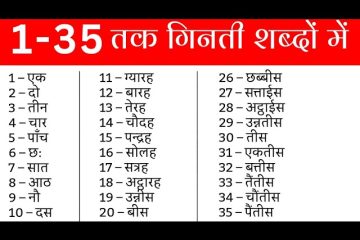Understanding the Cultural Dynamics of Devar Bhabhi Relationship

Introduction
The relationship between Devar (brother-in-law) and Bhabhi (sister-in-law) holds a unique significance in Indian culture. This bond is often characterized by a blend of affection, camaraderie, and sometimes playful rivalry. Within the broader framework of Indian families, the Devar-Bhabhi relationship can shape family dynamics and reflect societal norms. Understanding this relationship can help grasp the cultural fabric of Indian society.
Historical Context
The concept of Devar and Bhabhi is entrenched in Indian traditions. Historically, nuclear families in India were not the norm; extended families often lived together. In such settings, the Devar plays a crucial role in supporting the Bhabhi, especially when it comes to household responsibilities and rituals. This bond was often celebrated in various forms of art, music, and literature.
Modern Representation
In contemporary times, the Devar-Bhabhi relationship has been explored extensively in Indian cinema and television. Many films and serials portray this relationship with humor and drama, emphasizing its significance in familial settings. For instance, popular TV shows have depicted Devars assisting their Bhabhis in navigating family challenges, thus portraying a supportive dynamic.
Significance in Family Dynamics
This relationship can often symbolize a blend of traditional and modern values. While the Devar is expected to behave respectfully towards the Bhabhi, there exists an element of friendliness that allows them to share jokes, engage in friendly banter, and support each other. This can foster a sense of belonging and unity within the family unit, often encouraging deeper ties beyond mere obligation.
Societal Implications
The Devar-Bhabhi relationship also influences societal perceptions of marriage and family roles. In many cases, Bhabhis may rely on Devars for emotional support during difficulties or celebrate achievements alongside them, signifying mutual respect and collaboration. This relationship can challenge traditional gender roles, promoting equality and partnership within the household.
Conclusion
In conclusion, the Devar-Bhabhi relationship is more than just a familial bond; it represents the intricate web of love, respect, and modern challenges faced by many Indian families today. Understanding this dynamic could lead to better communication and stronger family connections. As Indian society continues to evolve, these relationships may adjust but will remain a vital part of family structures, reflecting the ongoing cultural legacy that shapes everyday life.









